Our Research
All of our work is based on scientific data.
We use each rescued coral for data collection. It helps us find out more about the habitats they form, the environment and its health status. This data will allow us to map, research, and contribute to the protection of coral gardens in the long term.
Our Research
All of our work is based on scientific data.
We use each rescued coral for data collection. It helps us find out more about the habitats they form, the environment and its health status. This data will allow us to map, research, and contribute to the protection of coral gardens in the long term.
Corals in captivity
Some of the corals collected as bycatch will be kept at the aquarium of our research facility Ramalhete in Faro. At the moment we are keeping over 10 different coral species.
The corals will be used in various experiments to learn more about their biology and ecology, including their life cycle, reproductive and larval biology, as well as their response to exposure to external stress factors. Importantly, these corals will be used to advance our capacity to maintain deep coral species in captivity and thereby exploit alternative methods for habitat restoration such as sexual propagation.
Corals in captivity
Some of the corals collected as bycatch will be kept at the aquarium of our research facility Ramalhete in Faro. At the moment we are keeping over 10 different coral species.
The corals will be used in various experiments to learn more about their biology and ecology, including their life cycle, reproductive and larval biology, as well as their response to exposure to external stress factors. Importantly, these corals will be used to advance our capacity to maintain deep coral species in captivity and thereby exploit alternative methods for habitat restoration such as sexual propagation.
Baby corals
Last year we were able to reproduce our cold water corals for the first time. The tiny coral larvae setteled and are now growing in our aquaria. At a later stage we aim to transplant them back to the reef.
Baby corals
Last year we were able to reproduce our cold water corals for the first time. The tiny coral larvae setteled and are now growing in our aquaria. At a later stage we aim to transplant them back to the reef.
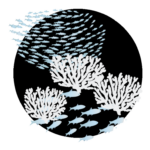
Biodiversity Hotspots
Coral gardens are biodiversity hotspots where we find a large amount of coral species that support many different organisms. These hotspots can be identified from fishing bycatch data. Fishing vessels targeting specific species of fish that associate with coral habitats often capture corals as well. We collaborate with fishermen to analyze the coordinates of their nets and the amount and species composition of corals that are accidently captured. The data helps us identify areas that qualify for protection in order to preserve the corals and promote the survival of species that associate with them, such as juvenile fish. The creation of Marine Protected Areas benefits adjacent fishing grounds as adult fish can leave the protected zone, thus ensuring more sustainable fishing. This is in the best interest of the fishermen, which is why we rely on a close cooperation with them.

Biodiversity Hotspots
Coral gardens are biodiversity hotspots where we find a large amount of coral species that support many different organisms. These hotspots can be identified from fishing bycatch data. Fishing vessels targeting specific species of fish that associate with coral habitats often capture corals as well. We collaborate with fishermen to analyze the coordinates of their nets and the amount and species composition of corals that are accidently captured. The data helps us identify areas that qualify for protection in order to preserve the corals and promote the survival of species that associate with them, such as juvenile fish. The creation of Marine Protected Areas benefits adjacent fishing grounds as adult fish can leave the protected zone, thus ensuring more sustainable fishing. This is in the best interest of the fishermen, which is why we rely on a close cooperation with them.
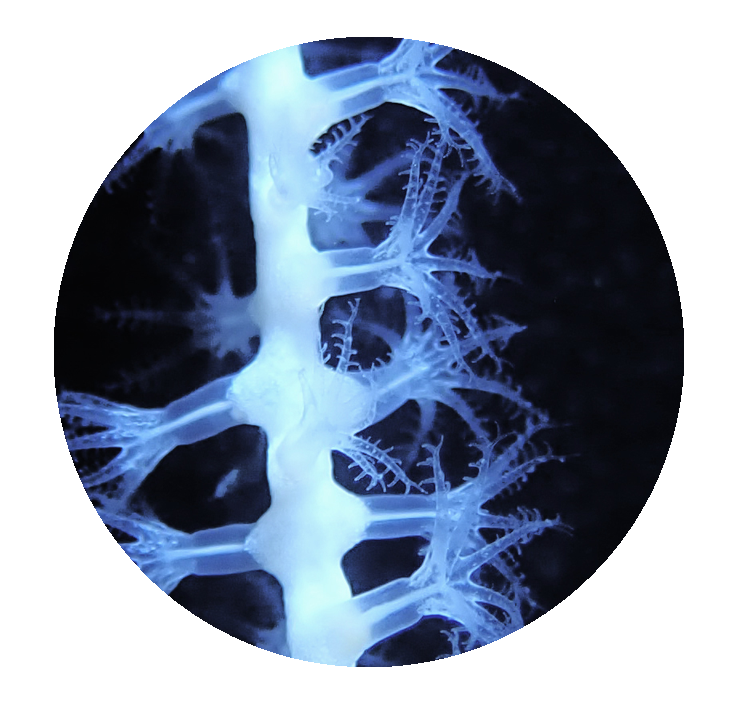
Species assessment
We identify and record each captured coral species in a database. This allows us to take stock of the local biodiversity, which is precious knowledge as very little is known about coral species at depths further than 30-50 meters. In fact, we often find species that are rarely observed or completely new to science. This shows how unexplored this part of our earth is.
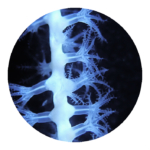
Species assessment
We identify and record each captured coral species in a database. This allows us to take stock of the local biodiversity, which is precious knowledge as very little is known about coral species at depths further than 30-50 meters. In fact, we often find species that are rarely observed or completely new to science. This shows how unexplored this part of our earth is.
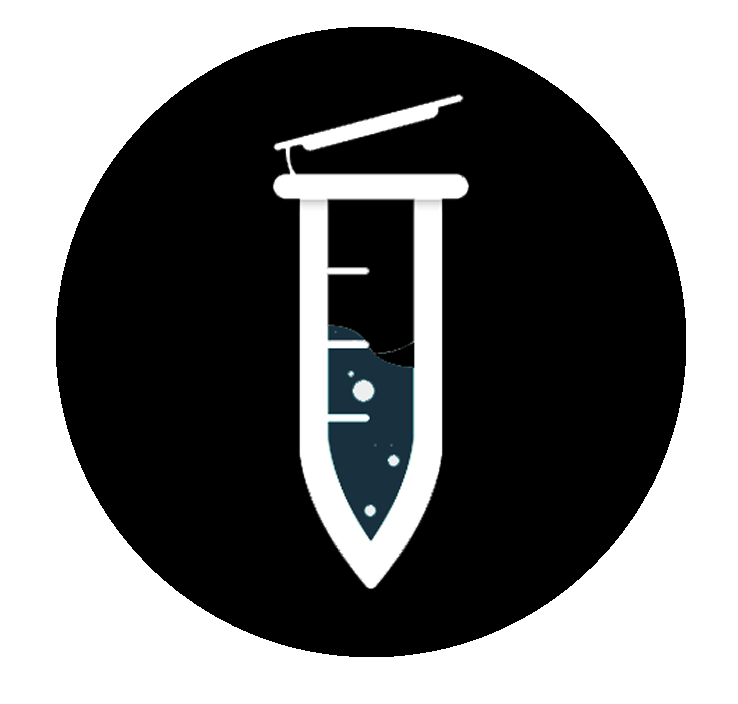
Genetics
We take small tissue samples from some of the corals. These are later evaluated in the laboratory. The genetic data we gain from the samples gives us more information about the corals than meets the eye. For example, we can determine how closely related the corals are to one another and whether populations from different areas routinely exchange migrants among themselves. This is essential knowledge for species conservation. We can also learn more about their health and resilience to stress (e.g., against rising seawater temperatures). The data helps us predict how coral gardens may change in the future and what we can do to respond appropriately.
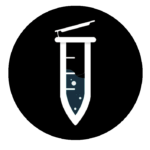
Genetics
We take small tissue samples from some of the corals. These are later evaluated in the laboratory. The genetic data we gain from the samples gives us more information about the corals than meets the eye. For example, we can determine how closely related the corals are to one another and whether populations from different areas routinely exchange migrants among themselves. This is essential knowledge for species conservation. We can also learn more about their health and resilience to stress (e.g., against rising seawater temperatures). The data helps us predict how coral gardens may change in the future and what we can do to respond appropriately.
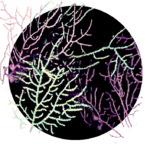
Habitat mapping and impact assessment
The HABMAR team routinely used video data collected with a Remotely Operated Vehicle (ROV) to map coral biodiversity in a depth range between 50-200 meters. When we identify coral biodiversity hotspots from fishing data, we can use the ROV to access the health status of these deep coral gardens, including the degree of physical damage caused by bottom fishing and marine litter. We can also collect individual coral samples for additional studies.
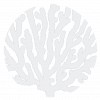
PLANT A CORAL
save our coral gardens
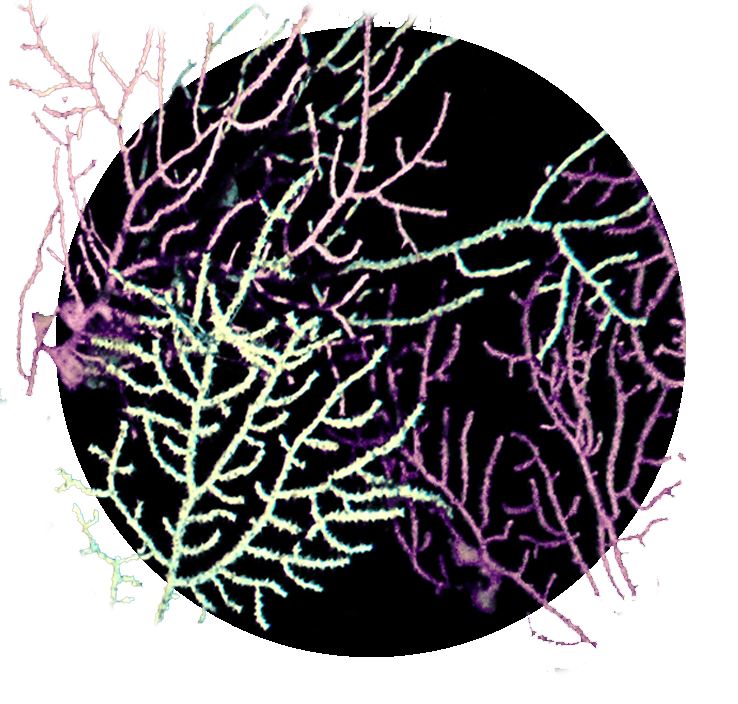
Habitat mapping and impact assessment
The HABMAR team routinely used video data collected with a Remotely Operated Vehicle (ROV) to map coral biodiversity in a depth range between 50-200 meters. When we identify coral biodiversity hotspots from fishing data, we can use the ROV to access the health status of these deep coral gardens, including the degree of physical damage caused by bottom fishing and marine litter. We can also collect individual coral samples for additional studies.

PLANT A CORAL
save our coral gardens
